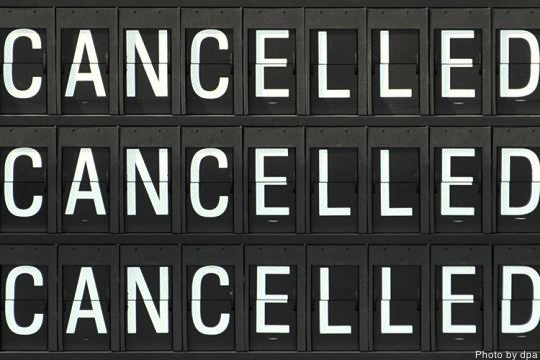Stop Trying to Imitate Silicon Valley
Planners from all over the world try to replicate the success of Silicon Valley with varying levels of success. Everyone from New York City (Silicon Alley) to London (Silicon Roundabout) to Hong Kong (Silicon Harbour) to Moscow (Skolkovo) has mimicked Silicon Valley in an attempt to build their own version of the lucrative startup hub.
The problem is that Silicon Valley has unique features that have allowed the region to become the world’s center of gravity for innovation. Simply copying the things that allowed Silicon Valley to become such a success won’t work, as some regions have already discovered. The tech hubs need to play to their strengths and evolve in their own unique ways.
Silicon Valley’s Recipe for Success
It’s easy to see why governments want to create their own version of Silicon Valley when looking at the valuations the California region is blessed with. There are now at least 74 startups there valued at more $1 billion each. The total value of these so-called “unicorns” is $273 billion.
The reasons for Silicon Valley’s success are many and most of them can’t be easily copied. Geographically, the region is perfectly located near San Jose, San Francisco, and Oakland. Historically, Silicon Valley has experienced decades of success with well-established companies like Google, Facebook, Apple, Fairchild Semiconductors, Intel, Tesla, and other esteemed companies.
In Silicon Valley, everyone knows somebody who has gotten rich off of stock options they think they’re smarter than…which in turn propels them to take a risk at a startup. Perhaps most important for the region’s growth is this competitive and creative culture that continues to allow so many companies to thrive. Not to mention, an endless supply of elite students from Stanford and Berkeley graduate (and dropout) each year to create the next crop of potential tech giants right in the Valley.
But this formula can’t be bottled upon and shoehorned in anywhere. The wealthy people in San Francisco might work at Google and the likes, yet in Hong Kong and New York, the upper class tend to come from finance, and in Los Angeles it’s Hollywood—hopefully you get the idea. This still doesn’t stop governments and business people from trying to replicate Silicon Valley without taking culture and demographics into account.
Being Unique: Playing to Your Region’s Strengths
Every would-be tech hub has its own unique characteristics and features that need to be taken advantage of. If you go to a Starbucks in Los Angeles, you’re likely to bump into a celebrity or similar entertainment personas. For Hong Kong or New York City, odds are high that you’ll fall into a conversation around recent market performance and SEC developments.
Playing to a specific region’s strengths helps lead to success. Modeling a hub exactly from Silicon Valley in areas that don’t carry the same characteristics becomes a major disadvantage. New York, Hong Kong, and London are better suited to be fintech startup hub than Silicon Valley. Los Angeles is better suited to be an entertainment startup hub than Silicon Valley. Playing to those unique strengths make more sense than trying to replicate Silicon Valley.
Fostering Growth
Government benefits are a welcome way to help foster startups, yet they’re only the baseline and not the endgame. All those helpful benefits (friendly tax policies, real estate deals, subsidies, incubators, etc) only go so far. The barriers of entry to create a tech innovation center in the vein of Silicon Valley are so high that these benefits are simply the table stakes. A bigger, greater hook is needed for regions to succeed.
Regions need to embrace what makes them unique and build off of that. With everyone trying to copy Silicon Valley, there’s plenty of room for new players with their own strengths. Any place that simply tries to do exactly what Silicon Valley is doing will pale in comparison to the original.


